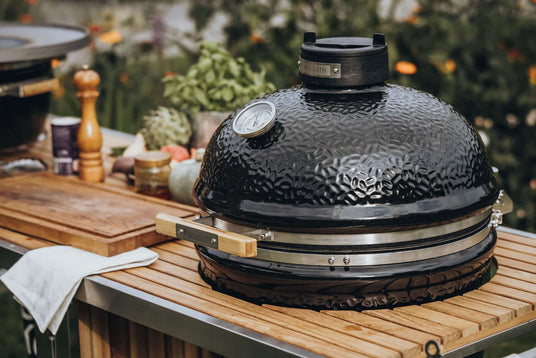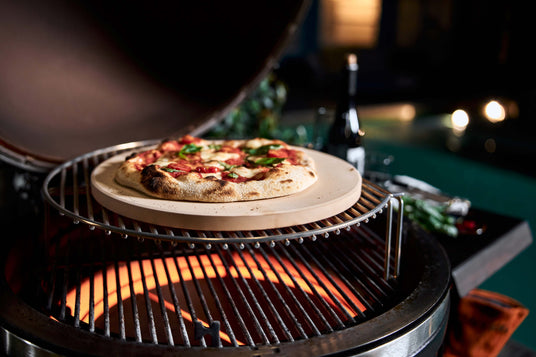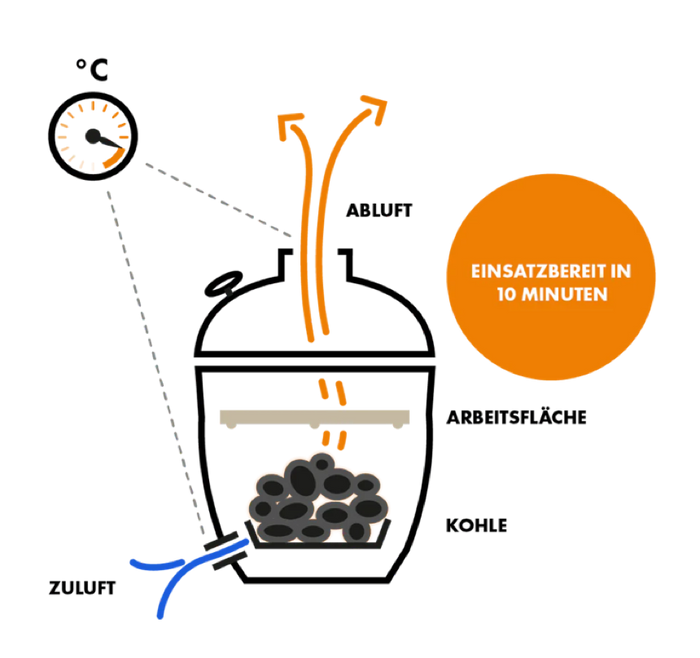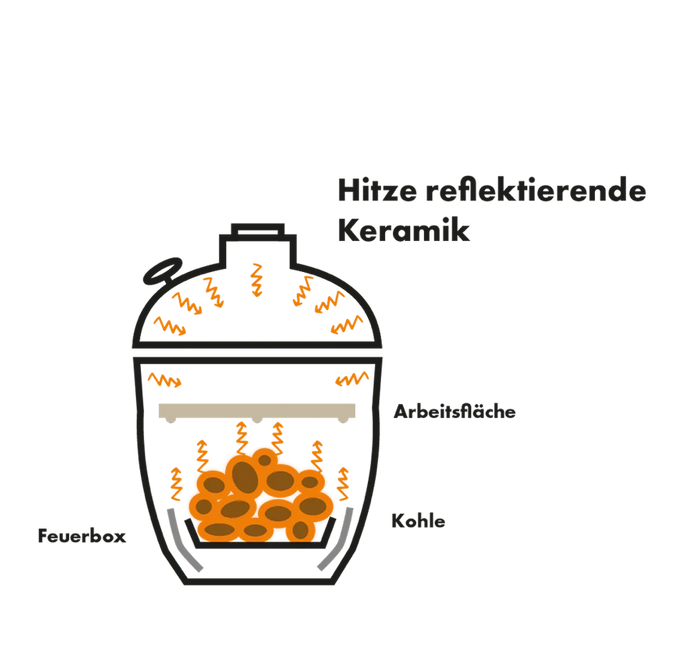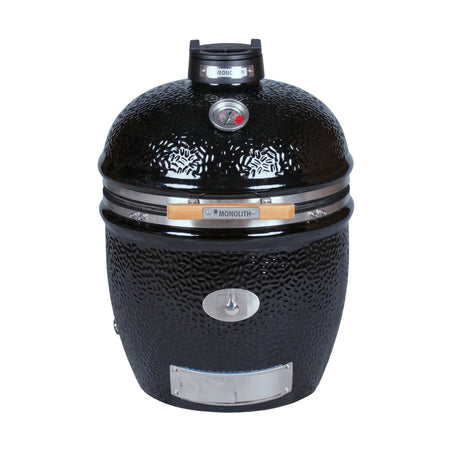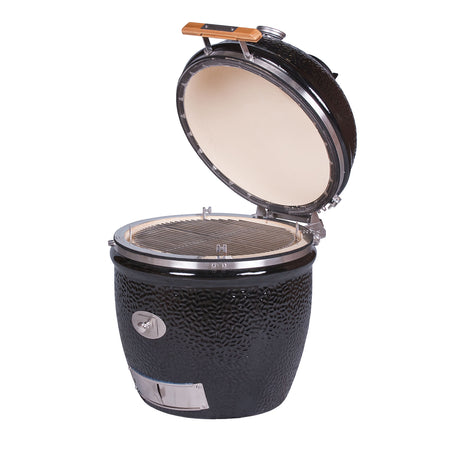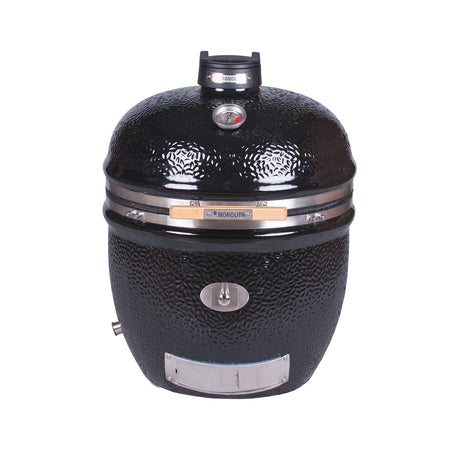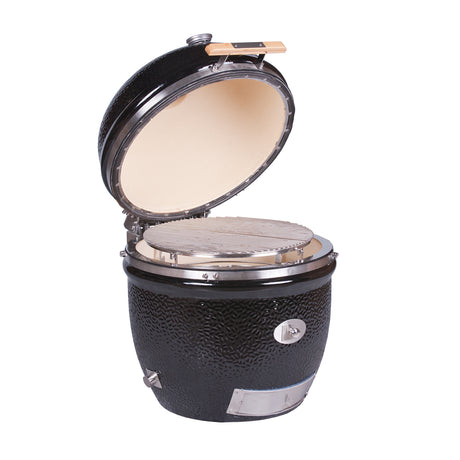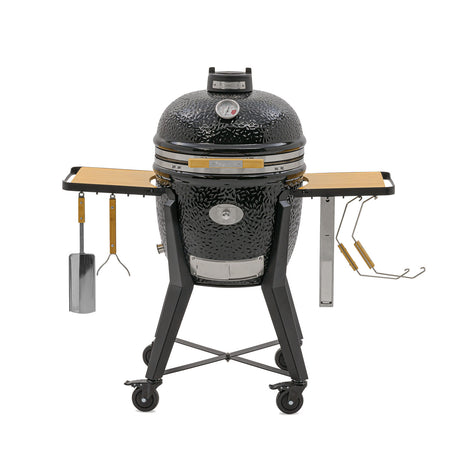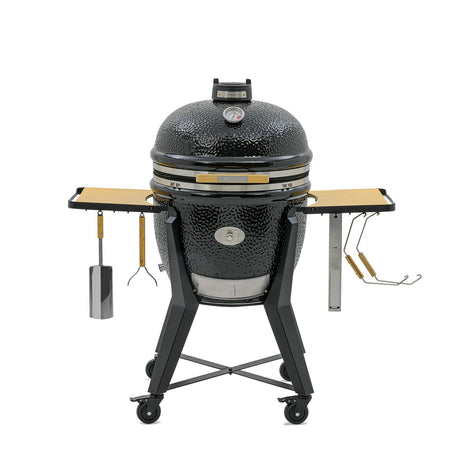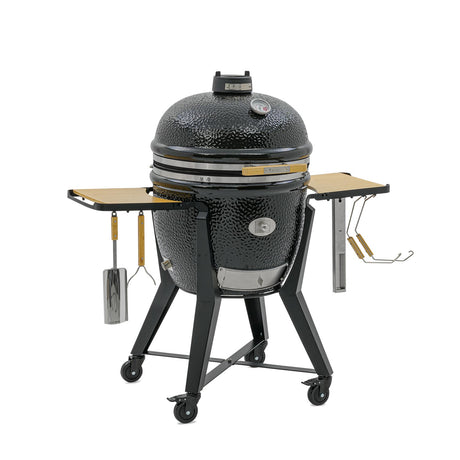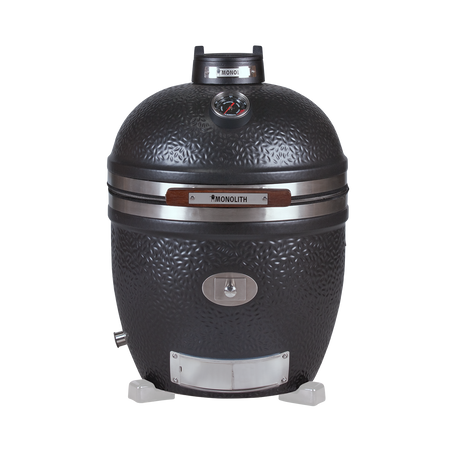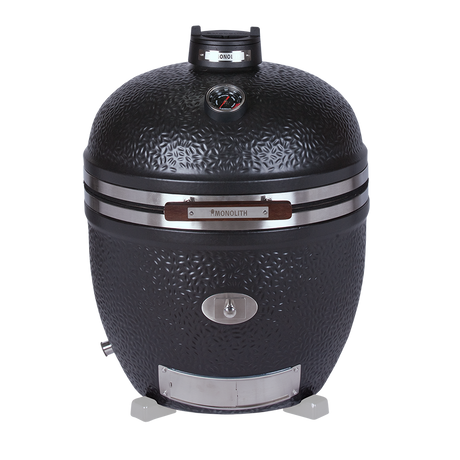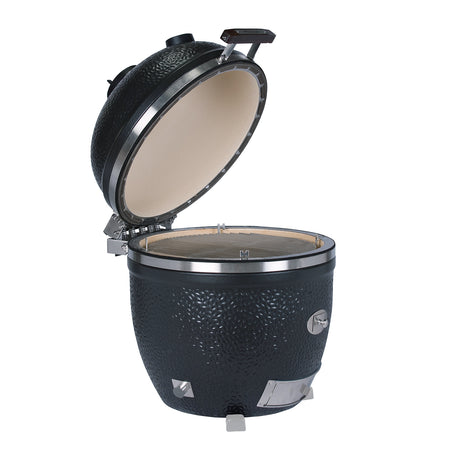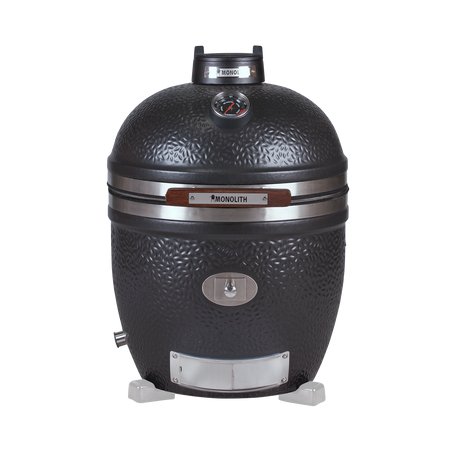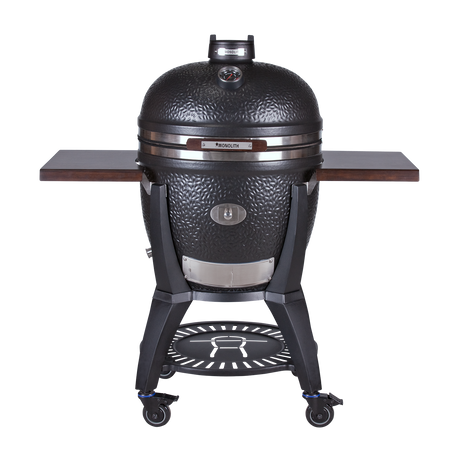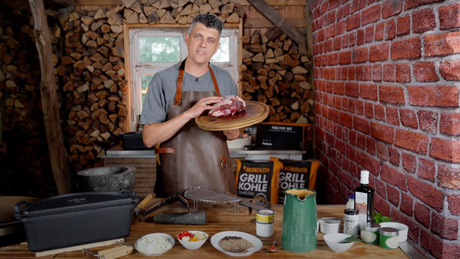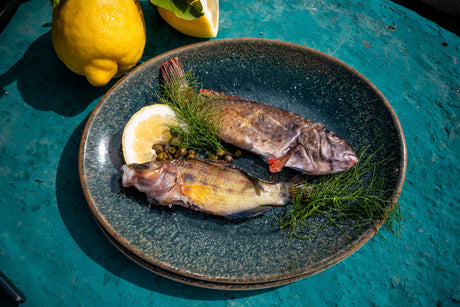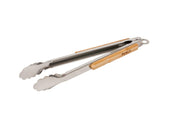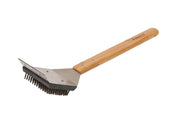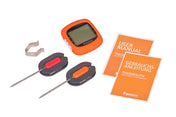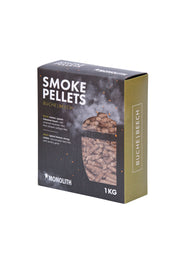Meat, CO2 and climate change - these are the first three terms that come to mind when you think of "sustainability". As a manufacturer of charcoal barbecues, we are aware of the responsibility we carry on our shoulders. Since our foundation, we have dedicated ourselves to the challenge of making the world around MONOLITH as sustainable as possible. Not least because the topic is also a personal concern for Managing Director Matthias Otto and his team. But how exactly do we take care of energy efficiency, sustainability and CO2 neutrality? The answer to this is threefold.
While many gas and charcoal barbecues wear out after just a few years (or even months) and have to be disposed of when in doubt, every MONOLITH Kamado is a purchase for life. The ceramic body lasts forever without external influences, while the high-quality stainless steel fittings and the new Pro Series 2.0 sealing rings do not rust even after years of outdoor use.
In addition, as a ceramic grill, the MONOLITH consumes extremely little charcoal because the energy generated during combustion is effectively converted into usable heat, absorbed by the ceramic and stored there for a long time. Which brings us to point 2 of our answer:
When choosing the right charcoal, quality, durability, efficiency and taste are the most important factors. With these aspects in mind, we have developed MONOLITH barbecue charcoal together with an innovative German company. The company mainly produces charcoal as a feed additive, which is why this charcoal meets the highest standards of purity and climate-neutral production. Our charcoal is made exclusively from sustainably sourced oak wood from certified German forestry.




